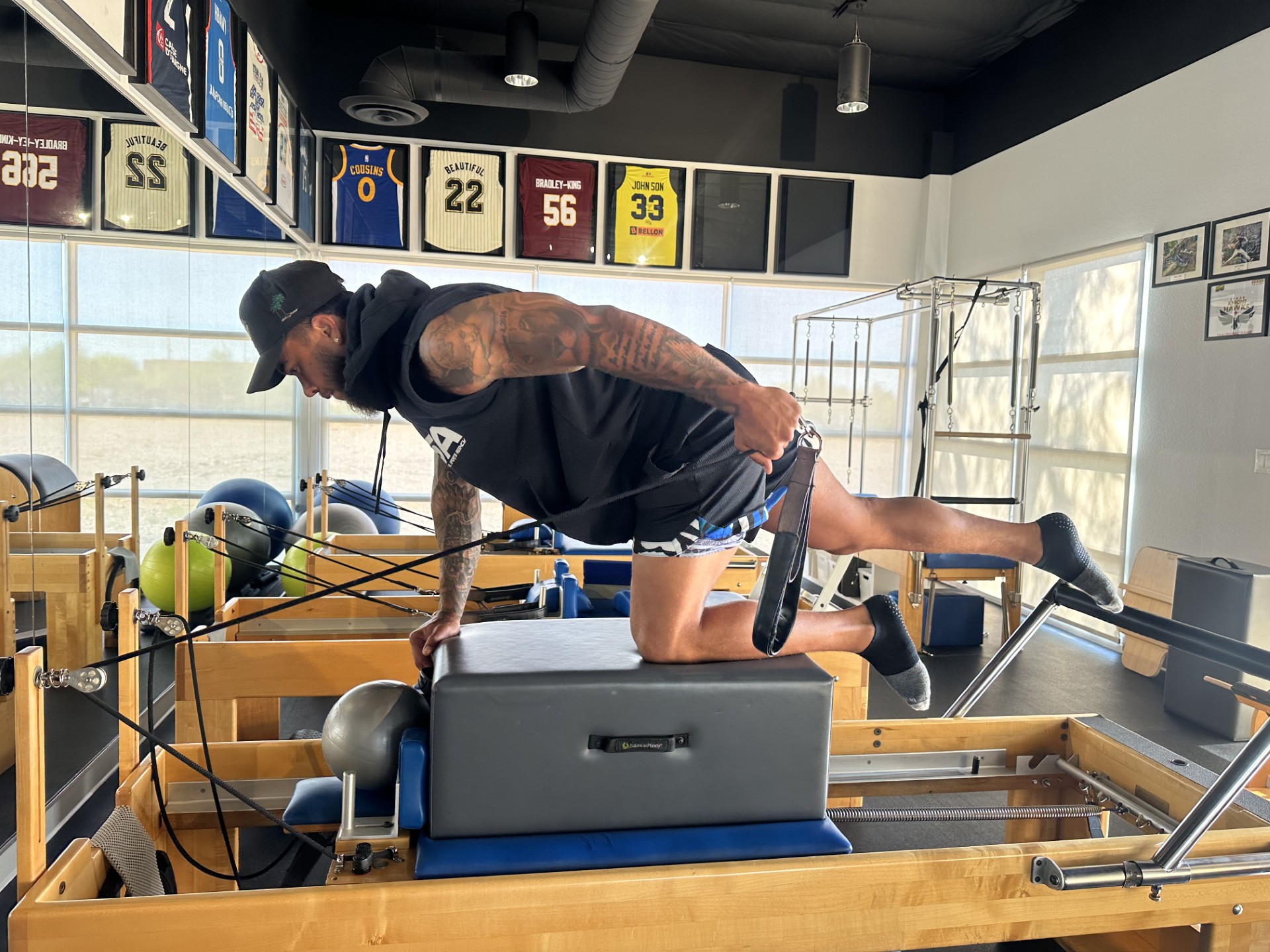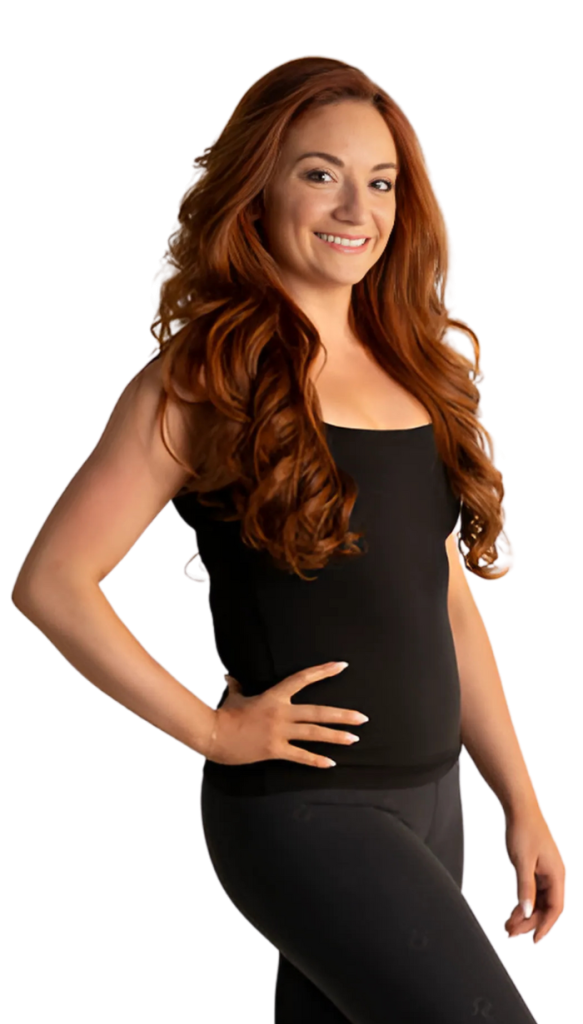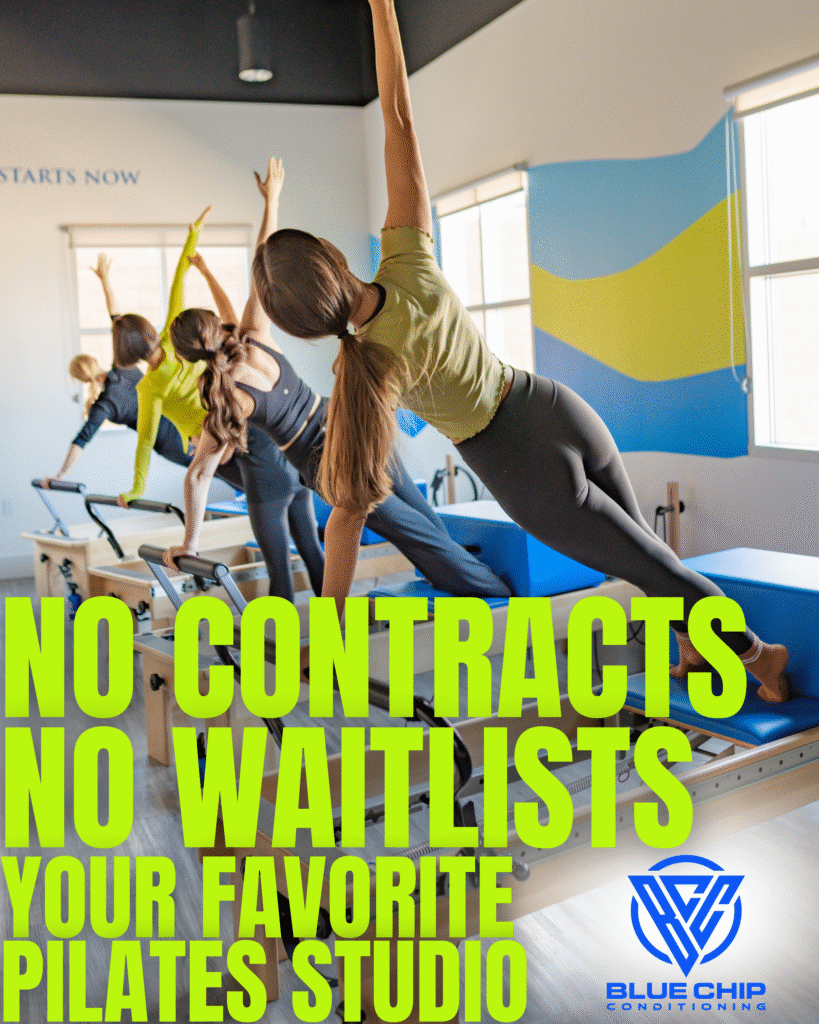Introduction
Elite Athlete Development is the solution, whether you are chasing collegiate scholarships, training for professional sports, or just wanting to maximize your athletic potential. This training is designed to improve every aspect of the athlete’s physical and mental performance by closing the gap between unrefined potential and performance excellence.
In this guide, we’ll explore Elite Athlete Development: the fundamental components, why it is important and how to include it in your training plan.
What Is Elite Athlete Development?
Understanding the Concept
Elite Athlete Development is an all-encompassing, evidence-based training protocol developed for serious athletes. It is an integration of sport specific strength, agility, flexibility / mobility, recovery and mental performance strategies. Unlike most off-the-shelf workout programs, Elite Athlete Development considers the unique requirements of the individual, sport specific proficiencies, and long term sustainable athletic development.
The Science Behind It
There are biomechanics, kinesiology, sports psychology, and more behind this type of training. Coaches have analytics of performance, movement assessments, and the ability to track training progress to help them create adaptive programs that change as the athlete changes.
Key Pillars of Elite Athlete Development
Customized Strength & Conditioning Programs
One size doesn’t fit all in sports. Strength training for a sprinter will differ vastly from that for a basketball player. Programs are tailored to support each athlete’s sport, position, and physical attributes.
Agility and Speed Development
Quickness and agility are not just innate talents but can also be improved with drills, resistance training, and biomechanical corrections. Elite Athlete Development uses a variety of the latest tools and techniques in the development of quickness and agility.
Mobility and Flexibility Training
Athletes with tight hips, restricted shoulders, or poor range of motion risk injuries. This pillar focuses on foam rolling, dynamic stretching, and mobility drills that allow for optimal movement patterns.
Recovery Protocols
Recovery is training. Elite Athlete Development integrates cold plunges, compression therapy, massage, and sleep optimization strategies to support faster recovery and better performance.
Mental Performance Coaching
Success is 80% mindset. Visualization techniques, performance psychology, and goal-setting workshops are essential for helping athletes stay focused and resilient under pressure.
Why Elite Athlete Development Is Non-Negotiable for Serious Athletes
Stay Competitive
At the elite level, talent alone isn’t enough. You’re competing with athletes who are genetically gifted, highly skilled, and well-coached. Elite Athlete Development ensures you’re optimizing every aspect of your performance.
Injury Prevention
Athletes often suffer from overuse or preventable injuries. By focusing on mobility, movement mechanics, and recovery, you significantly lower the risk of being sidelined.
Longevity in Sport
Elite athletes must think long-term. Training smart, not just hard, ensures you’re still performing when it matters most—in championships, trials, or pro tryouts.
Choose the Right Facility
Not every gym offers what elite athletes need. Look for facilities that provide access to sport-specific equipment, movement assessments, certified coaches, and recovery tools.
Work with Certified Coaches
Your coach should specialize in Elite Athlete Development. Look for credentials in strength & conditioning (CSCS), functional movement systems (FMS), and performance coaching.
Set Clear, Measurable Goals
Your program should evolve with your progress. Work with your coach to set short-term and long-term goals—whether it’s improving your vertical, sprint time, or endurance.
Track Your Progress
Use performance data, videos, and feedback from coaches to track and refine your training over time. Progress tracking is vital for sustained growth.
FAQ:
Q1: How is Elite Athlete Development different from regular personal training?
Elite Athlete Development is highly specialized and tailored to athletes’ sport-specific needs, whereas regular personal training focuses more on general fitness and aesthetics.
Q2: At what age should athletes begin Elite Athlete Development?
While foundational skills can start early, focused development often begins around ages 12-14 and continues through college or professional careers.
Q3: Can Elite Athlete Development help with injury recovery?
Yes, many programs include injury rehabilitation and post-rehab training to ensure a safe return to sport.
Q4: Do athletes need to train daily?
Not necessarily. Effective programs often include 3-5 sessions per week, balanced with recovery and rest days.
Conclusion
Elite Athlete Development is an area that many aspiring athletes overlook. The goal is not always related to weight lifted or speed; It is fostering an intentional, structured approach to training that is unique to you and your objectives. If you wish to enhance your performance and want to become the best of the best, now is the time to take advantage of a proven program.
In this last stage of athletic development, a healthy awareness that a pilates class will help your core strength, posture, and control (all of which are often forgotten, but important aspects of elite performance) also while in the last stages of contact will be of benefit.
Regardless of your position whether in an Elite Athlete Development program or considering your future options bear this in mind: champions are developed in training, not in competition. And sometimes a small addition like a pilates class – might just help you move that little bit further.





